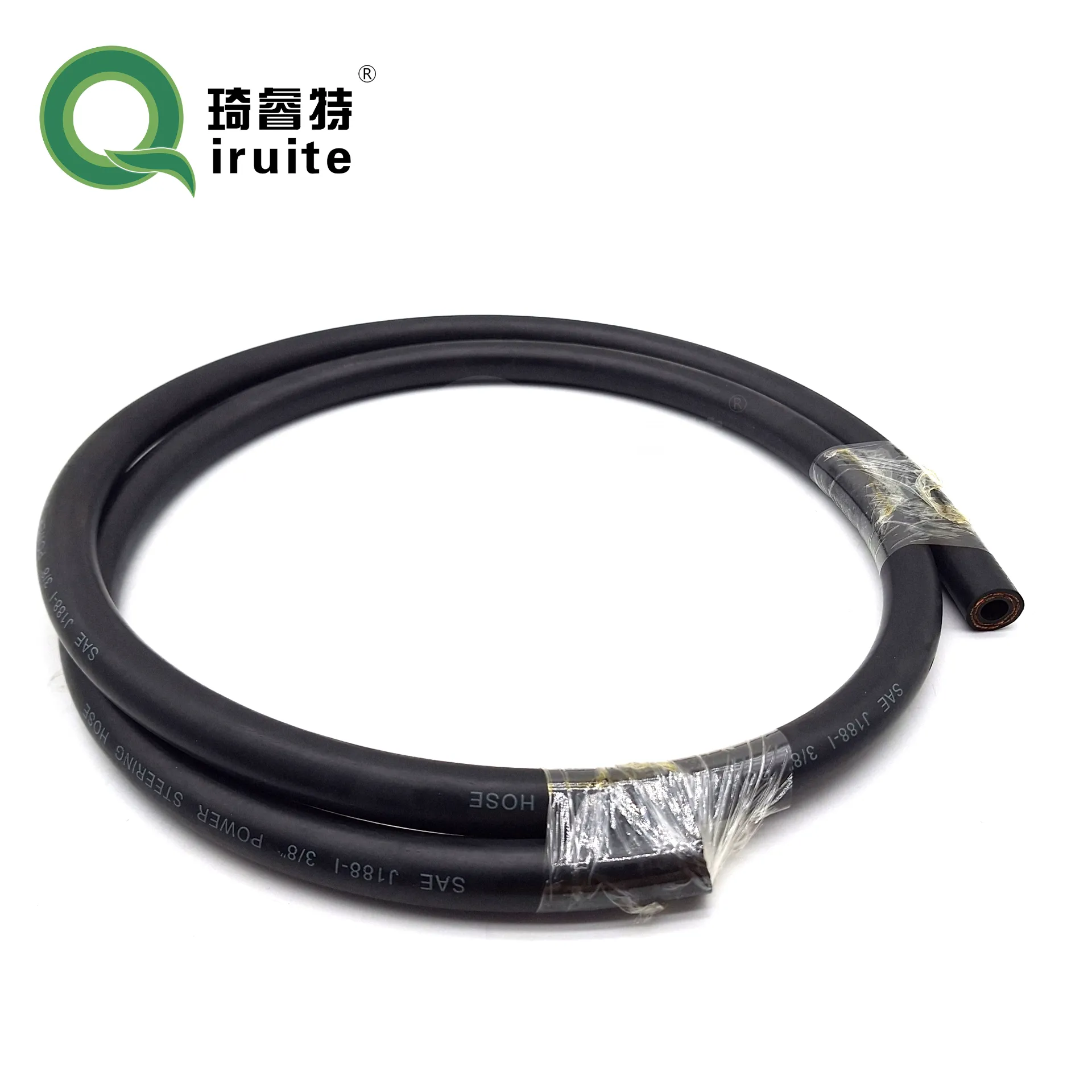Understanding Power Steering Hose Maintenance and Costs
Power steering systems are essential for smooth vehicle operation, offering drivers ease of steering and control. Power steering hoses are a critical component of this system, responsible for transporting fluid under pressure to the steering rack, which then assists in turning the wheels. Over time, these hoses can wear out due to the constant pressure and fluid flow, leading to leaks or loss of steering power. When power steering hoses are damaged, they must be replaced immediately to avoid loss of steering control and to maintain the safety and performance of the vehicle. If you notice a fluid leak around the power steering area, it’s likely that your power steering hoses need attention. Regular inspections and timely replacements are key to maintaining the reliability of your vehicle’s steering system.

Understanding the Power Steering Pressure Hose
The power steering pressure hose plays an essential role in the operation of the power steering system by carrying pressurized fluid from the pump to the steering gear or rack. This hose is built to withstand high pressure and is made from durable materials to prevent rupture or leaks. A malfunctioning or damaged power steering pressure hose can cause fluid leakage, which, in turn, can lead to power steering failure, making the vehicle harder to steer. If the power steering pressure hose shows signs of wear such as cracks, bulges, or leaks, it is important to replace it immediately. Failure to address issues with the power steering pressure hose could result in expensive repairs, as steering system components might also be affected by fluid loss. Ensuring the power steering pressure hose is in good condition guarantees optimal steering performance and vehicle safety.
Power Steering Hose Replacement Cost
One common concern when it comes to power steering hoses is the power steering hose replacement cost. The cost of replacing power steering hoses can vary based on the make and model of the vehicle, the labor rates of the mechanic, and whether you use aftermarket or original equipment manufacturer (OEM) parts. On average, the power steering hose replacement cost can range from $150 to $500, with labor costs adding significantly to the overall price. If you're looking to replace the power steering hoses yourself, you may save money on labor, but it's important to ensure you have the right tools and technical knowledge to avoid further complications. Understanding the power steering hose replacement cost can help you plan your budget and decide whether to attempt a DIY fix or leave it to professionals for a hassle-free solution.
Replacing Power Steering Hose: A Step-by-Step Guide
When replacing power steering hose, it’s important to follow a step-by-step procedure to ensure the job is done correctly and safely. First, it is crucial to relieve the pressure from the power steering system by removing the power steering fluid reservoir cap. Then, you need to carefully detach the power steering hose from the steering rack and pump. Depending on the vehicle, some hoses may require special tools to loosen fittings or clamps. After removing the old hose, compare it to the new one to ensure proper length and fit before installing the new power steering hose. Be sure to securely tighten all connections to avoid leaks, and refill the power steering fluid once the new hose is installed. After replacing the power steering hose, test the system by turning the steering wheel and checking for any signs of leaks or abnormal fluid levels. Replacing power steering hoses is essential to maintaining the health of your vehicle's steering system.
F150 Power Steering Hose Diagram: Understanding Your Vehicle
If you're working on a Ford F-150, understanding the layout and components of the power steering system is crucial, especially when replacing the power steering hoses. The F150 power steering hose diagram can serve as a helpful guide to locate the hoses and fittings involved in the steering system. This diagram will show you the path of the power steering hoses from the power steering pump to the steering gear, helping you understand the flow of hydraulic fluid. Familiarizing yourself with the F150 power steering hose diagram is vital for accurately identifying parts and performing the replacement without confusion. It will also help in understanding the location of potential pressure points that could cause issues with fluid leakage. Whether you are repairing the system yourself or working with a mechanic, the F150 power steering hose diagram ensures that you have the right information to proceed with the replacement.
In conclusion, power steering hoses, including the power steering pressure hose, are vital components for smooth and safe vehicle steering. Understanding the power steering hose replacement cost, learning the steps for replacing power steering hose, and using resources such as the F150 power steering hose diagram can help vehicle owners make informed decisions about maintaining their steering systems. Regular inspections and timely replacements of these hoses prevent steering issues and costly repairs, ensuring the longevity of your vehicle and keeping your driving experience safe and efficient.
-
Quick Release Ball Joint – Tool-Free, Durable, Leak-TightNewsNov.13,2025
-
Spiral Guard Hose Protection — Durable, UV-Resistant WrapNewsNov.13,2025
-
SAE J1401 Brake Hose Specifications: Durable, Low ExpansionNewsNov.13,2025
-
SAE J1401 Brake Hose Specifications | DOT-Approved, DurableNewsNov.13,2025
-
Spiral Guard Hose Protection - Abrasion-Resistant, UV-StableNewsNov.10,2025
-
SAE J1401 Brake Hose Specifications | DOT-Certified, DurableNewsNov.10,2025

